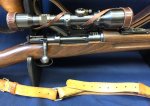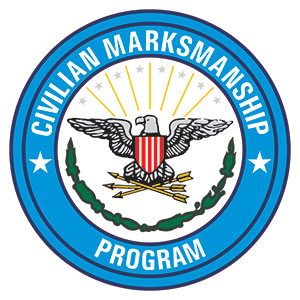NRA high power is a different thing than rack M16's. Service rifle is the same. I shot the M16A1 a lot and it was accurate. Certainly more accurate than any 1903. It was a "run-of-the-mill" General Motors. I shot 40 for 40 every qual after I really learned how to shoot them (3 quals before that). Except one where we shot the minimized target at 1000 inches. I registered (best of three) a 100 with that. That is ten shots into a 3/8th in. circle. The other two scores were 98 and 99.
What I said was 1903's were accepted for use with up to 6 moa. Remington didn't start building them until 1940 And, yes at that time, they did a better job than the early 1903's. Not saying they were all that bad, just like most M16's will shoot well under an inch @100 but their acceptance range is 4 moa. There was a broader acceptance range. Neither of those kind of rifles made it onto a competition rack. And usually, competition rifles of both get taken apart, measured, poor spec parts replaced with high spec parts for competition. But, those have to remain "service". You can't change out to specialty parts.
Your last line doesn't make sense. 3"x3" @ 1000 inches is a three inch group at 27.5 yards. They will hold much better than that. The least acceptable 1903 rifle would hold half that size. Typically, they would hold 2-3" @ 100 yds. in ideal conditions. Which is 1/4 of what you stated.
What I said was 1903's were accepted for use with up to 6 moa. Remington didn't start building them until 1940 And, yes at that time, they did a better job than the early 1903's. Not saying they were all that bad, just like most M16's will shoot well under an inch @100 but their acceptance range is 4 moa. There was a broader acceptance range. Neither of those kind of rifles made it onto a competition rack. And usually, competition rifles of both get taken apart, measured, poor spec parts replaced with high spec parts for competition. But, those have to remain "service". You can't change out to specialty parts.
Your last line doesn't make sense. 3"x3" @ 1000 inches is a three inch group at 27.5 yards. They will hold much better than that. The least acceptable 1903 rifle would hold half that size. Typically, they would hold 2-3" @ 100 yds. in ideal conditions. Which is 1/4 of what you stated.





